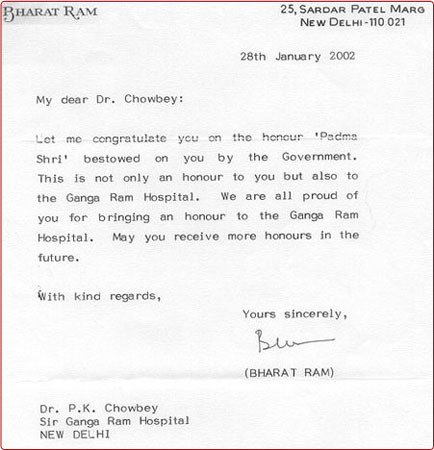What are the Symptoms?
Symptoms of gallstones are severe abdominal pain often called a gallstone ‘attack’ (colic) because they occur suddenly. Gallstones attacks often follow fatty meals, and they may occur during the night. A typical attack can cause:
- Severe pain in the right upper abdomen that increases rapidly and lasts from few minutes to several hours
- Pain in the back between the shoulder blades
- Pain under the right shoulder
- In cases of Reducible Hernia the surgery can wait if the patient decides to wait.
- Nausea or Vomiting
Other insignificant symptoms of gallstones include:
- Abdominal bloating (gas formation)
- Recurring tolerance to fatty foods
- Belching
- Indigestion
Many patients with gallstones do not have any symptoms, these patients are said to be asymptomatic and these stones are called “Silent Stones.” They can anytime become symptomatic and cause complications
How are Gallstones diagnosed?
- Abdominal ultrasound
- Blood tests – complete blood count, liver function test, coagulation profile
- Endoscopic ultrasound
- Cholescintigraphy (HIDA Scan)
- Endoscopic Retrograde Cholangio Pancreatography
- Magnetic Resonance Cholangio Pancreatography
- Abdominal ultrasound
- Blood tests – complete blood count, liver function test, coagulation profile
- Endoscopic ultrasound
- Cholescintigraphy (HIDA Scan)
- Endoscopic Retrograde Cholangio Pancreatography
- Magnetic Resonance Cholangio Pancreatography
Gallbladder Polyp and Adenomyomatosis
Cholesterolosis and adenomyomatosis are conditions of the gall bladder that are usually clinical silent. Cholesterolosis is the deposition of the cholesterol crystals in the inner lining of the gallbladder wall. Adenomyomatosis refers to the excessive proliferation of the inner lining which then projects into the wall of the gallbladder. adenomyomatosis may be associated with a risk of gallbladder malignancy. Gallbladder polyp includes projections of the gallbladder wall into the lumen. Many of them are soft sand like particles in the lumen. This has been our frequently seen findings after the gallbladder is removed.
Cholecystectomy is advised if polyp is more than 10mm in size or for multiple polyps.




